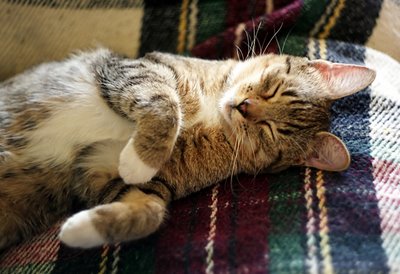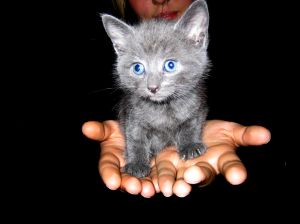
An
ad hominem argument is one focuses on attacking the person presenting the argument rather than addressing the issue of the argument itself. It is a logical fallacy.
There are three types of ad hominem arguments: ad hominem tu quoque, ad hominem circumstantial, and ad hominem abusive.
Ad Hominem tu QuoqueAd Hominem tu Quoque ("you too!") is an instance when a person's argument is dismissed simply because they are also guilty of that which they are arguing about.
For example:
Person A: By selling your house to a developer who is going to tear it down and build a crappy looking condo building, you are ruining our community.
Person B: But you're doing exactly the same thing! That means it's okay!
While it may be hypocritical for Person A to make this argument, it does not make his point invalid. We often criticize people for things that we ourselves are guilty of. Our guilt does not invalidate the criticism.
Ad Hominem CircumstantialAd Hominem Circumstantial constitutes an attack on the bias of a person. This is fallacious because pointing out one's predisposition towards a certain position does not invalidate their argument in any way.
Example:
Person A: Selling your house to a developer who is going to tear it down and build a beautiful condo building helps the community immeasurably.
Person B: Of course you think that! You're a developer!
Ad Hominem AbusiveFinally, we get to ad Hominem Abusive (my personal favorite). This one consists of an insult of the argument's presenter. As examples show, it can take several forms:
Person A: Selling your house to a developer who is going to tear it down and build a beautiful condo building helps the community immeasurably.
Person B: Don't listen to him, he doesn't smell good.
Person A: Selling your house to a developer who is going to tear it down and build a crappy condo building is destroying the neighborhood.
Person B: I disagree because you are an idiot.
Person A: Selling your house to a developer who is going to tear it down and build a beautiful condo building helps the community immeasurably.
Person B: Fuck you.
Ad hominem arguments can be very powerful when they are used in a public setting. By attacking one's opponent, it is possible to cast them in a negative light, thus causing observers to doubt anything they say. Pre-emptively attacking an opponent (also known as
poisoning the well) in order to color an audience's reception of an argument can also be very effective. Even if an observer is not aware of it, the attacks may very well create an unconscious bias against anything the attacked person says.
On the other hand, these types of arguments are capable of backfiring. Thoughtful and sensitive observers who are capable of recognizing the fallacious arguments might find that they no longer side with the attacker, simply based on principle alone. Therefore, if one needs to resort to this type of argument, one should be aware of the potential consequences.
Some quotes:
- “Insults are the arguments employed by those who are in the wrong.” -- Jean-Jacques Rousseau
- “A wise man is superior to any insults which can be put upon him, and the best reply to unseemly behavior is patience and moderation.” -- Moliere
- “A gentleman will not insult me, and no man not a gentleman can insult me” -- Frederick Douglass
- “I love it when someone insults me. That means that I don't have to be nice anymore.” -- Billy Idol





